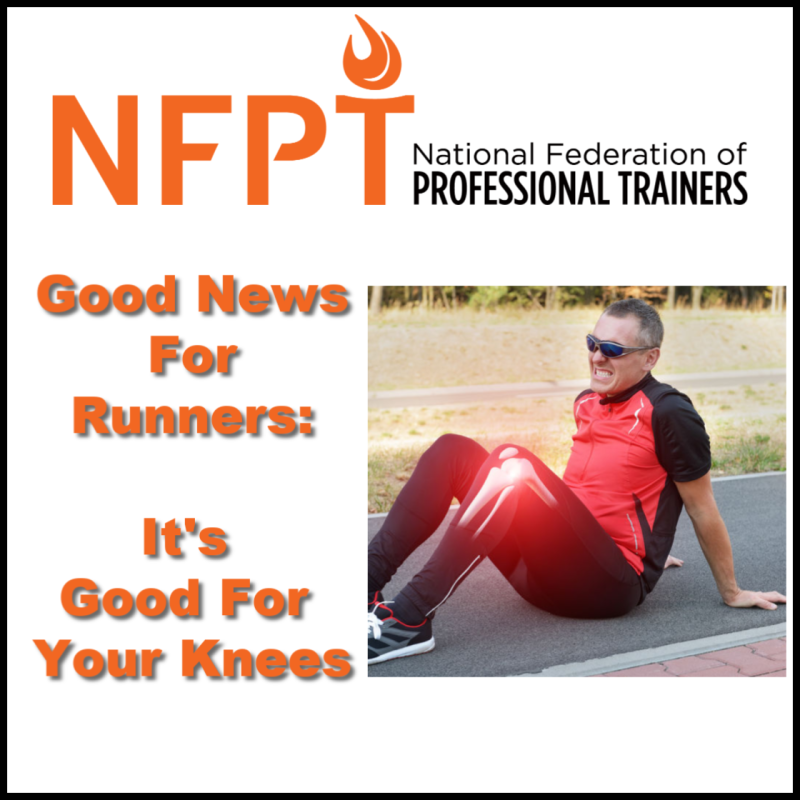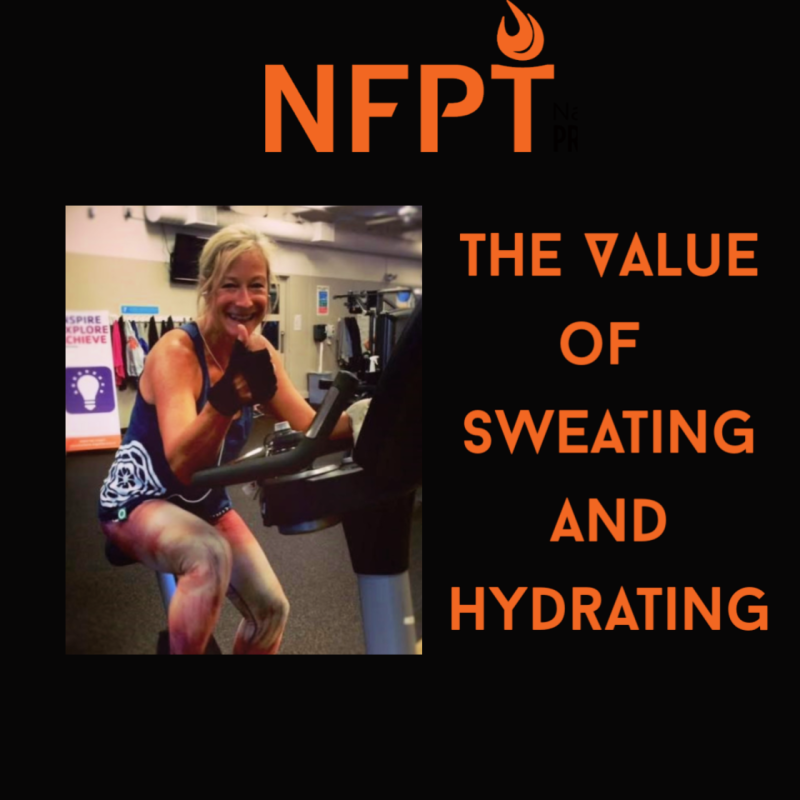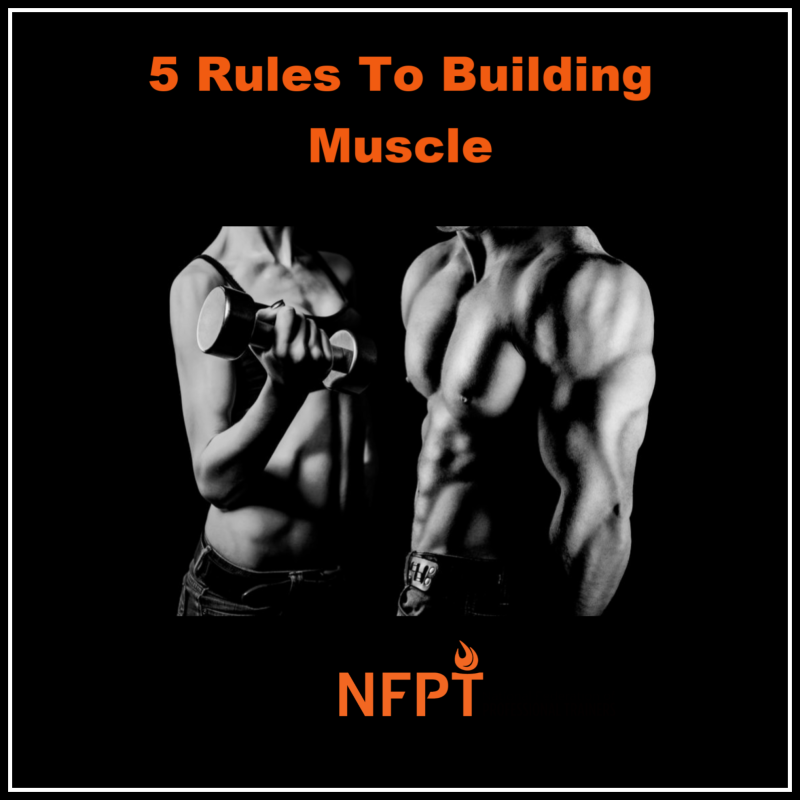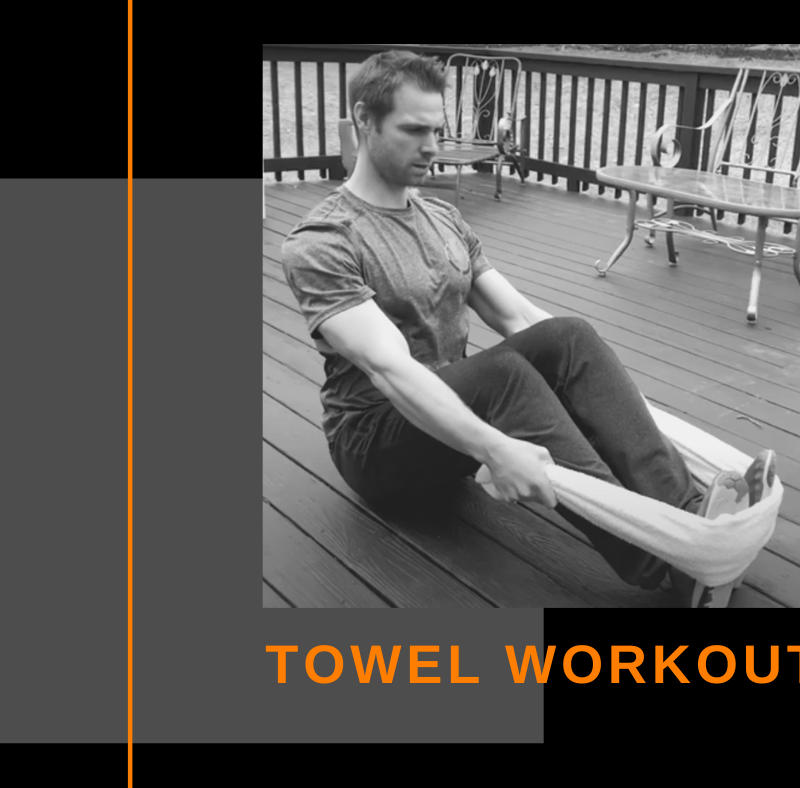The sport of running has always carried with it the stereotype that it might damage one’s knees. New research aims to change that perception, suggesting…
READ MORE

The sport of running has always carried with it the stereotype that it might damage one’s knees. New research aims to change that perception, suggesting…
READ MORE
Heart Rate Variability (HRV) training utilizes today’s available technology to assess a heart metric that can provide valuable information about how a client or athlete…
READ MORE
The majority of avid exercisers make the mistake of monitoring muscle soreness when deciding whether their bodies are ready for yet another tough workout. However,…
READ MORE
Personal trainers may occasionally work with clients who consistently push themselves too hard and too frequently. The ramifications of this habitual body-battering are far-reaching. An…
READ MORE
Sweating is our body’s natural cooling system. It keeps our temperature in check working on an automatic internal thermostat. I like to think of our…
READ MORE
The shoulder is the most versatile joint of our body and allows motion of our arms in pretty much every direction, but this instability also…
READ MORE
The theory of exercise states that by placing a strain upon the body, followed by proper recovery, one can make his body stronger. The principle…
READ MORE
Although heart rate and sweat are seen as measurements of a great workout, another big factor in exercise success is the respiratory response. The more…
READ MORE
Have clients ever complained of experiencing unusual and daunting exhaustion after several intense sessions at the gym? In addition to a cascade of other physiological…
READ MORE
One of the primary cited goals fitness clients have is to build more muscle. After all, the benefits of resistance training and adding lean tissue…
READ MORE
Mitochondria play a huge role in our energy levels and our metabolic functions. Can we help clients make the most of these cells’ power? As…
READ MORE
There are three different types of muscular contractions: concentric (shortening of the muscle), eccentric (lengthening of the muscle) and isometric (muscle doesn’t change length and…
READ MORE